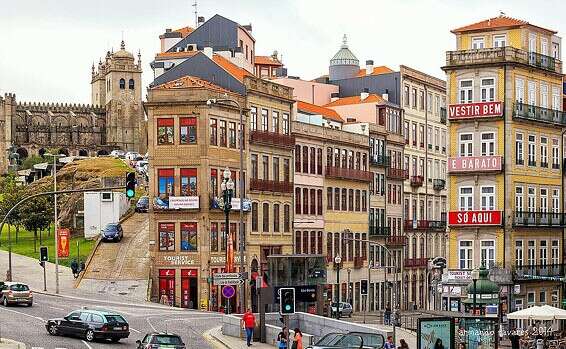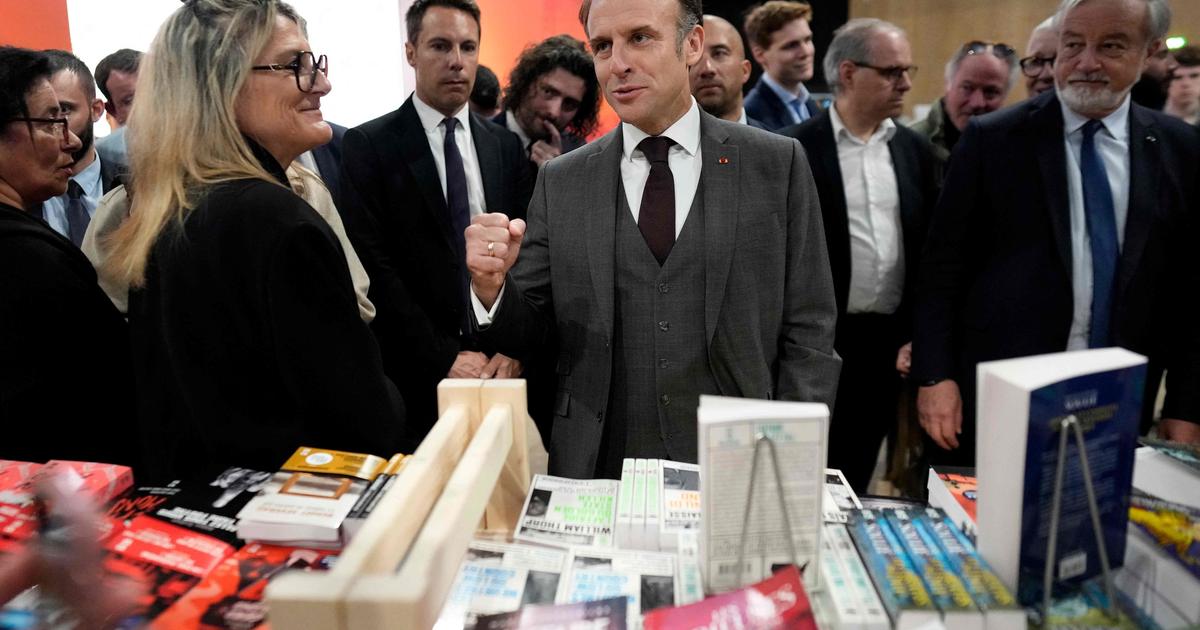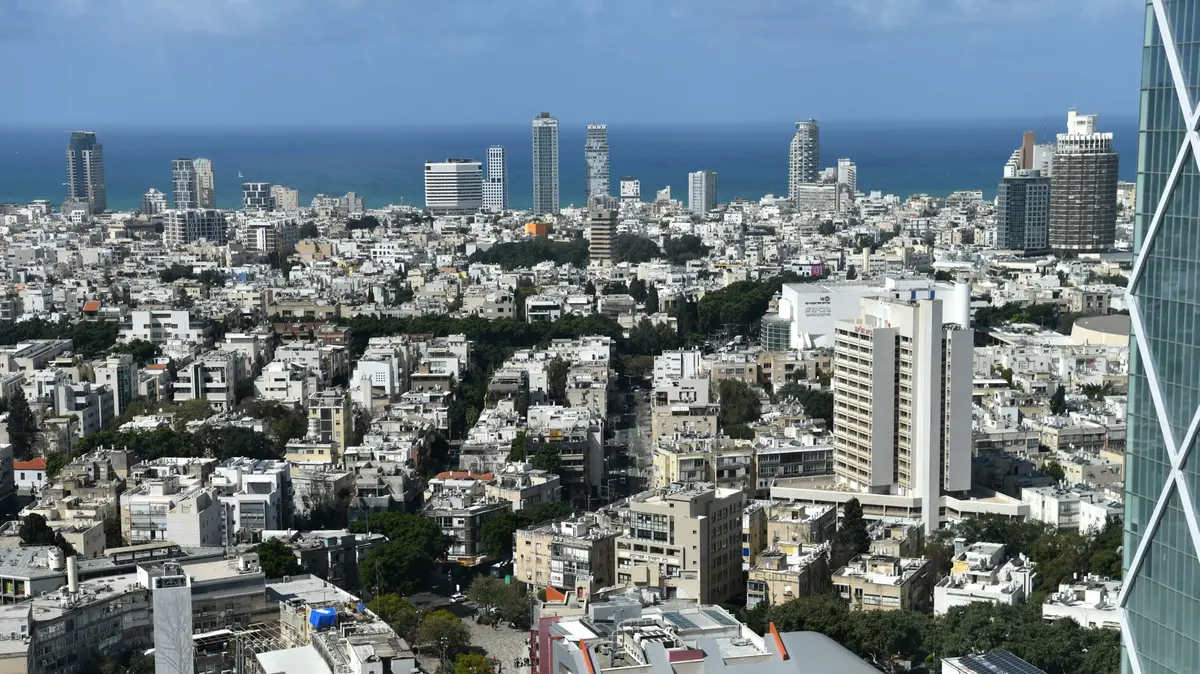Not only in Israel, there are urban renewal projects.
What can we learn from what is happening in New York, Portugal and the rest of the world?
Harlem.
Good product at a reasonable price
Photography:
Imaging: Bambi
Produced by the Department of Special Supplements
In urban renewal in New York a permit can be obtained for the construction of a 15-story building on a 5-story building.
Is it possible to copy the model to Israel?
Urban renewal in Israel, New York and Portugal - how does it work?
The weaker neighborhoods in the Brooklyn and Queens neighborhoods, for example, are characterized by urban renewal projects and are in high demand, especially among investors seeking to earn a high return.
If in the strongest districts of Manhattan, such as SoHo and the Lower East Side, rental prices fell by about 30%, in weak districts like Harlem, Bronx, Staten Island and Jamaica there was a lower decline of up to 10%.
The real estate market in the suburbs of New York is a prototype for what is happening in Israel in general and in Tel Aviv in particular. Like Israel, Manhattan also suffers from a lack of land available for construction, and therefore dozens of urban renewal projects can be found, in the form of evacuation-construction or strengthening and construction.
The main difference is in the schedules in promoting city building plans, the flexibility of the scope of building rights granted and the ability to carry out a project on fast schedules.
It was only recently announced that the local committee of the Tel Aviv Municipality approved an evacuation-construction plan in the Maoz Aviv neighborhood in the north of the city while reducing the building additions allowed by law in apartments belonging to public housing.
Such a decision not only delays planning the project, but also harms its economic viability.
In Manhattan things happen quite the opposite.
What causes high success rates in urban renewal projects?
Planning authorities grant air rights (building rights) almost indefinitely over existing buildings.
They also encourage such projects and involve all the authorities that will assist the entrepreneurs.
Harlem, for example, is an area that was a center for crime gangs and vulnerable populations, characterized by a minority population with dilapidated infrastructure and neglected homes.
The entrepreneurial company Artimus, which entered the neighborhood in the 90s, realized that in order to be a real alternative for tenants, renters from the city and renters from all over the continent, must change the environment and must offer a better product from Manhattan at a more affordable price.
Indeed, the apartments they built are spacious, well-designed and cheaper.
The company promoted projects for the rental of apartments that include permanent furniture and provided the tenant with everything he needed: lobby, security guard, gym, meeting center, roof as a center for tenant meetings and a commercial center.
In doing so, it took care of the community's involvement in local employment.
The company has worked with the authorities, including the police, to increase enforcement to prevent violence and crime, as well as with the Sanitation Department and the education system.
15 floors above an existing building
"U.S. planning authorities grant almost unlimited building rights," explains Bmby founder and chairman Mark Zeevi, who has long since returned with his family from a long stay in New York.
In recent years, Bmby has launched the DREAMS system with a large investment, which makes it possible to present real estate properties and construction projects with sophisticated technology.
According to Zeevi, the new system is an excellent tool for local authorities and planning authorities to present the future, which gives tenants confidence in the project already at the planning stage and sweeps everyone to mobilize and change the image of the neighborhood and living environment.
"In the past year, we have been implementing the Dreams system in a number of mega projects of urban renewal in Bat Yam, Kiryat Ono, Tel Aviv and Haifa," Zeevi reports.
"In the United States, the system has been implemented in dozens of renovation projects, including in short-term rental complexes. The system is part of the marketing and sale system of apartments, from anywhere and anytime through an app."
Extensive renovation projects include changing the urban area, demolishing the residential houses beyond recognition and building new residential buildings under them.
This is exactly where smart technology systems come in, such as the DREAMS app, which allows you to view a future urban environment, properties and real estate projects in an accessible image for a handheld device, computer and touch screens. This is how the dream can be illustrated. Such a visual illustration serves construction developers, but no less The population and tenants living in the place.
According to Zeevi, the promoted projects in the weaker neighborhoods of New York are planned at a high level, similar to that typical of Manhattan and Midtown.
The new apartments are offered for rent to the less able, along with buyers from medium to high socio-economic status, who help change the neighborhood's image and increase its value.
Zeevi further explains that despite the extraordinary building rights, the standards for carrying out the project are very strict, and there are no easing beyond what has been determined.
"In the US it works the other way around than here.
"The approvals are fast, but the entrepreneurs undertake to meet the standards set in the master plan without discounts. The sanctions for entrepreneurs who do not meet the standards are very severe, and even an entrepreneur who wants to succeed will not take the risk."
"Such projects, which are typical of many districts in New York, give entrepreneurs a high incentive, and therefore also succeed in raising the value of the neighborhood," Zeevi explains.
"You can see many neighborhoods changing their face such as Harlem, the Bronx and Jamaica in Queens. Promoting such a project requires the joint work of all the departments, authorities and different bodies."
In Israel, according to Zeevi, the situation is a little different.
"For non-economic developers to renovate buildings in weak cities. We encounter an ironic situation, that real estate developers carry out such projects only in areas with economic viability such as Gush Dan, the Sharon and the Shephelah.
Buildings that really need strengthening in peripheral cities are not being treated. "
A world-wide renewal
Projects in urban renewal on a completely different scale from what we know in Israel can be seen in communist, monarchical countries or those ruled by a military dictatorship, such as China, the United Arab Emirates and Pakistan.
Urban renewal projects are also being carried out in Europe, mainly in public housing buildings.
In Europe, renewal projects are also being implemented under the name: Retro-Fitting, focusing on renovating the building and turning it into a green building that saves energy and is adapted to today's climatic conditions.
These projects, in contrast to Israel, although they are carried out in buildings for conservation or austerity, are being promoted very quickly.
"We are building close to 1,000 housing units in Porto (a port city in Portugal)," says Shlomi Avni, CEO of TAGA URBANI, which has established a real estate arm in several countries, including Spain, Portugal, Germany, the Netherlands and England.
"We are also setting up the first Hilton Hotel and boutique hotels. Porto is a historic city, and some of the buildings are for preservation. Despite this, the planning process takes up to two years at most until building permits are obtained.
Want to stay up to date all the time?
Sign up now for the Real Estate Newsletter today
Talking real estate with Ofer Petersburg. Listen to the new podcast >>
"There is no doubt that in Israel the bureaucracy is more messy and complex in urban renewal, and the buildings for project preservation are implemented after a decade, at best. This has a significant impact on the economic viability of the project and the motivation of the entrepreneurial company."
"The Manhattan borough of New York is certainly reminiscent of what is happening in Israel, especially in Greater Dan, a small area with a limited stock of land," explains Prof. Rachel Alterman, urban planner and lawyer, senior researcher at the Samuel Neaman Institute for National Policy Research.
"Urban renewal projects are also underway in major cities in Turkey and Istanbul, due to large-scale migration of residents from the countryside to the city, as well as in Toronto in North America. "Such a situation complicates the decision - making process."
She notes that the legislation in Israel regarding the consent of the tenants or the refusing tenant is rare in the world.
"The scope of renewal in Israel is large in scope compared to other countries," she concludes, "but there is no doubt that the duration of plan approval is among the slowest in the world, especially in urban renewal."
Produced by the Department of Special Supplements









